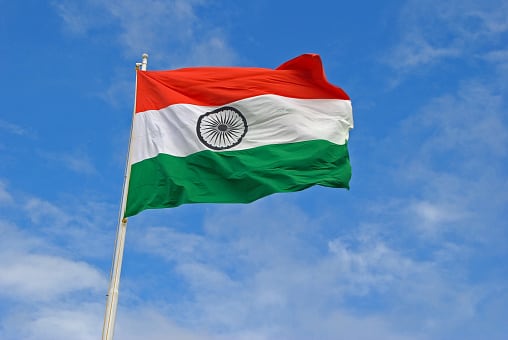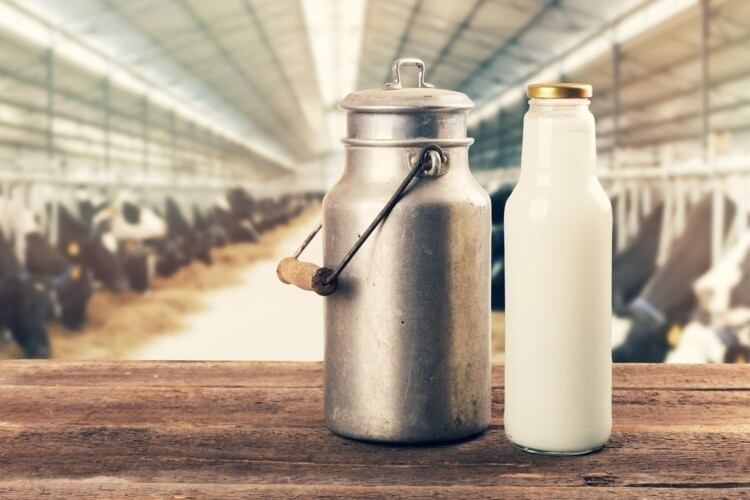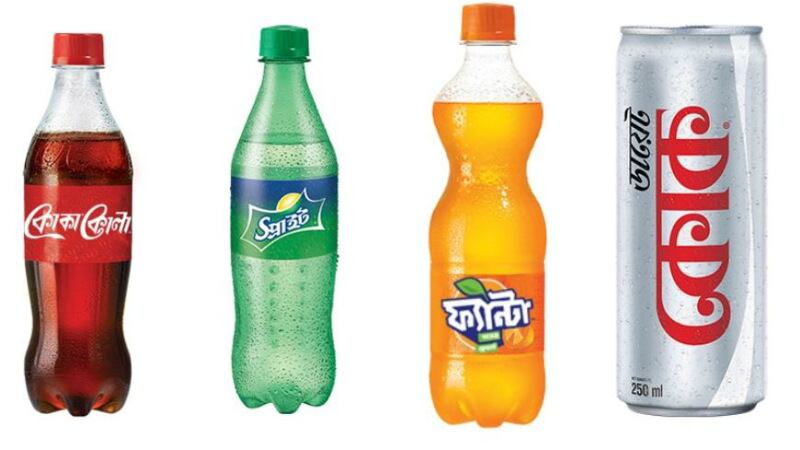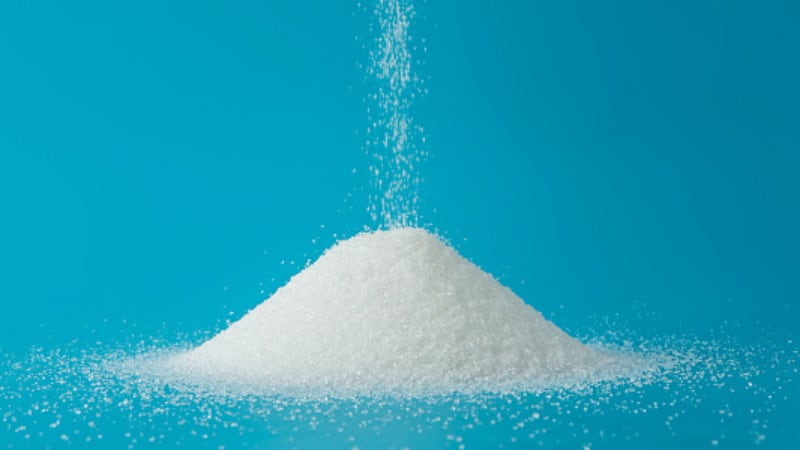During the recent tabling of the country’s Budget 2020/2021, Finance Minister Nirmala Sitharaman revealed that the tariff increases would apply to a wide range of food and beverage products, including dairy products, nuts, edible vegetable oils, soy products, fruit juices, soft drink concentrates and more.
For example, the custom duty for cheese was raised by a whopping 10% from 30% to 40%, whereas isolated soya protein will be taxed 30%, a 20% increase from its previous 10%. Even more significant was the custom duty for walnuts kernels, which rose sharply to 100% from its previous 30%.
“India’s Make in India policy is giving dividends - We’re making world-class products and exporting them,” Sitharaman said.
“[These] changes in customs duties [are meant to] create a level playing field for Micro, Small & Medium Enterprises (MSMEs) [in the country], create a level playing field for domestic producers [and] further promote Make in India.”
Although these changes would undoubtedly spell good news for local food and beverage producers and manufacturers, it also represents a further step back by the country in terms of signing any free trade agreements (FTAs) within the region, with its previous high tariffs already a cause of concern during prior discussions.
Regional Comprehensive Economic Partnership (RCEP)
One of the FTAs in question is the planned Regional Comprehensive Economic Partnership (RCEP), an initiative which was supposed to cover 16 countries and some 40% of the global economy – so definitely a very significant trade discussion.
The RCEP’s proposed member states initially included all ten ASEAN countries, Australia, China, Japan, New Zealand, South Korea and India.
India made headlines last year when it opted out of RCEP negotiations after participating in some seven years of discussion, citing concerns that its economy would suffer from an influx of overseas goods.
"When I measure the RCEP Agreement with respect to the interests of all Indians, I do not get a positive answer," Indian Prime Minister Nahendra Modi said in a speech.
Even during the prior seven years of RCEP negotiations, challenges had already seemed fraught for the country: It faced trade deficits with many of the other countries and so was almost certainly going to be getting the short end of the stick in various cases, and its proposed tiered approach to phasing out tariffs was poorly received by the other members.
According to Foreign Policy, India was requested to commit to tariff cuts on 92% of tariff lines (products) across all countries as well as accept immediate zero tariff on over 25% of traded items once the FTA commenced – meaning that India would be among those making the largest cuts.
Still wanting in?
India’s recent decision to raise tariffs even further and look to local production instead is likely to push it even further away from reaching any sort of FTA in the region, but somewhat contradictorily, it has apparently not completely given up on the idea just yet.
Earlier this year, Foreign Minister Subrahmanyam Jaishankar rekindled the probability with a suggestion that India’s participation in the RCEP was still possible.
“We haven’t closed the door on [the RCEP],” he said at the Raisina Dialogue conference, according to SCMP.
“There was a substantial gap [between India’s demands and what was offered] and that’s why we took the call that we did.
“The RCEP is, after all, a free-trade agreement and it has to be evaluated on its trade merits, its costs and its benefits. The bottom line was that the offers on the table did not match our requirements.
“The ball is in the court of the countries concerned and whether they make it worth our while.”





